A Lot of Camelot: The Bright Sword by Lev Grossman
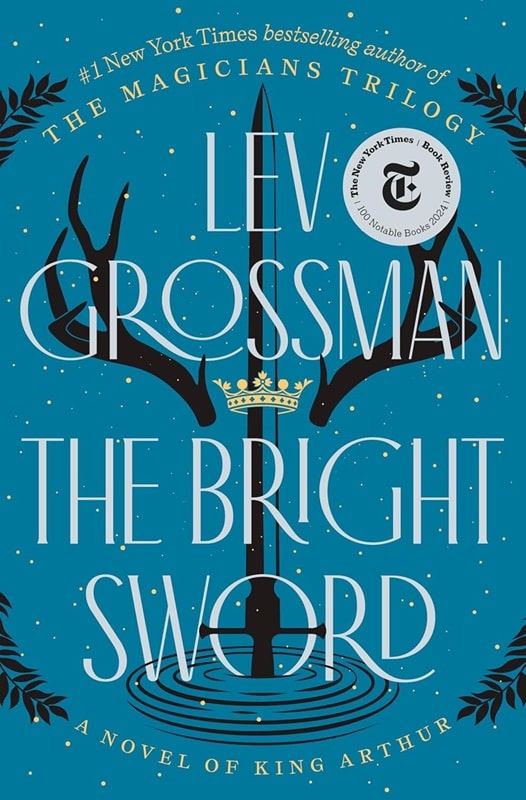 |
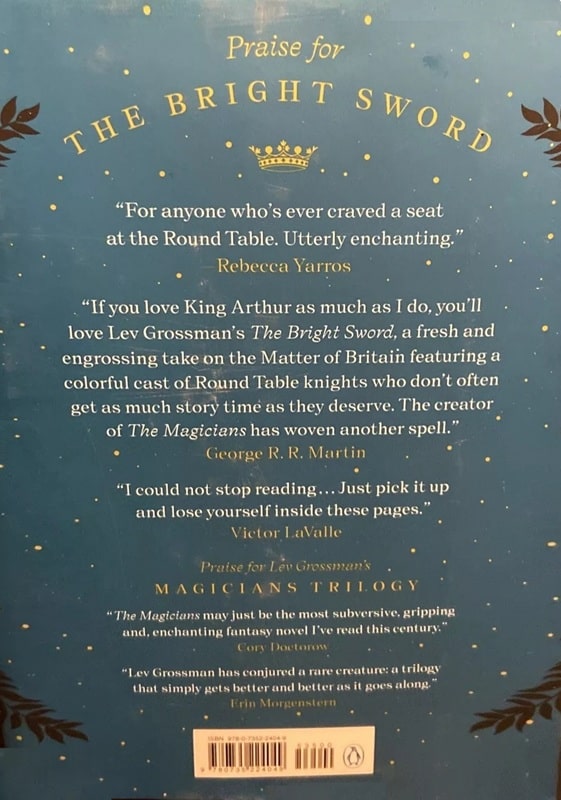 |
The Bright Sword (Viking, July 16, 2024)
With no disrespect to J.R.R Tolkien, the King Arthur legend is arguably the inspiration of much post World War II medieval-based fantasy. You’ve got your out-of-nowhere claimant to the throne, a magic sword, court intrigue, some side stories, romance, sorcery, betrayal but yet a kind of redemption. All the key ingredients.
Sure, Game of Thrones was based on the very real English Wars of the Roses, particularly the also very real violence and death of key personages. But let’s look at the long literary tradition of Arthurian stories: sourced from Welsh mythology and grafted into 12th century British histories more based on fancy than fact, eventually becoming the Chrétien de Troyes romances and subsequently Thomas Malory’s Le Morte d’Arthur. From multiple sources and variations we wind our way through Tennyson’s The Lady of Shallot which in turn inspires various associated fictions, not the least of which includes Mark Twain’s A Connecticut Yankee in King Arthur’s Court.
Fast forward to T.H. White’s The Once and Future King and its adaption by Lerner and Loewe musical Camelot (“If ever I would leave you, it wouldn’t be in summer…”). With the assassination of John F. Kennedy, Camelot became a metaphor for “a shining moment” intervened by fate to extinguish, that nonetheless, like the Christ-like resurrection grafted on to the Arthurian mythos, may inspire future generations. (Only a cynic would make comparisons between Guenevere’s infidelity and Kennedy’s.)
So while the Arthurian narrative is heavily played out by the middle of the 20th century, there’s still more to come. An extermely short list includes Thomas Berger’s Arthur Rex, The Warlord Chronicles by Bernard Cornwall and, of course, the Monty Python and the Holy Grail movie (inspired in part by the academically disputed contention of Python member Terry Jones that Chaucer’s The Knight’s Tale was actually a satire of a mythical chivalric code and courtly love rather than a celebration of it).
One of my particular favorites is Lavie Tidhar’s By Force Alone, a political satire in which Arthur is a gang lord, Lancelot a martial arts practitioner, no one is noble of heart, and Arthur’s death is instead of a Christ-like hope for resurrection a comment on the existential insignificance and intransigence of power.
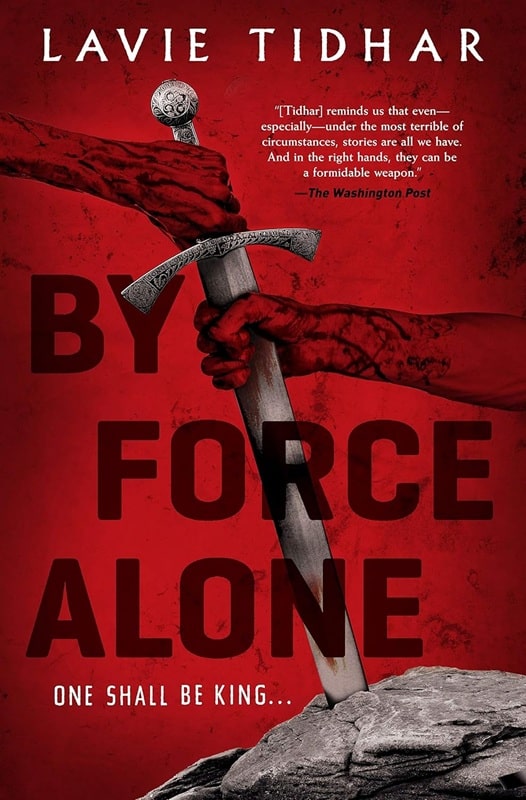 |
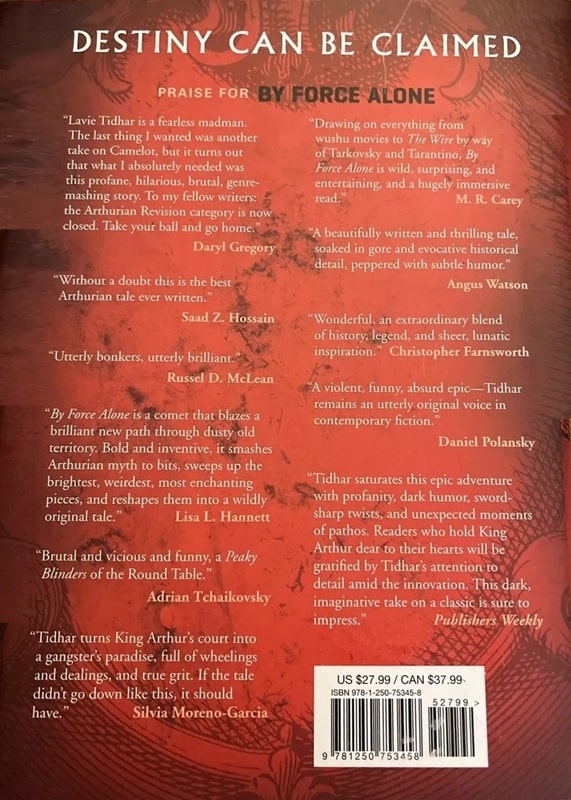 |
By Force Alone by Lavie Tidhar (Tor Books, August 11, 2020)
Particularly noteworthy is that Guinevere is no mere cardboard supporting character, but more independent woman with agency of her own. This more modern depiction of women in the Arthurian legend is especially associated with Marion Bradley Zimmer’s The Mists of Avalon retelling from the perspective of Morgaine, who rather than as a one-dimensional evil sorceress is depicted as a sympathetic complex woman during the transition in Britain from paganism to Christianity. Published in the early 1980s and the rise of feminist voices not only in fantasy literature (though, ironically, some critics detect anti-feminist themes in Zimmer’s work, and allegations of sexual abuse by her daughter don’t help) but the larger zeitgeist, more female-centric retellings of the Arthurian legend followed, such as, most recently, Nicola Griffith’ s Spear and Half Sick of Shadows by Laura Sebastian, as just two examples.
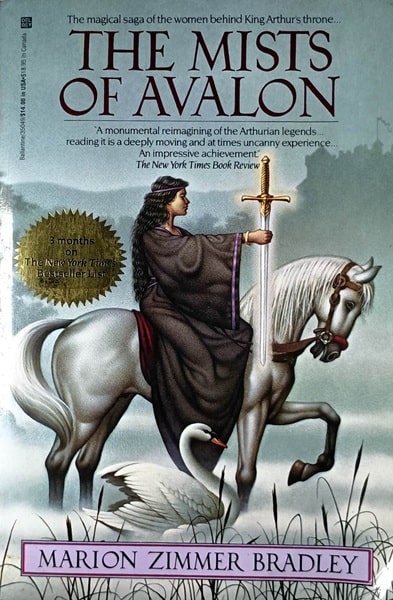 |
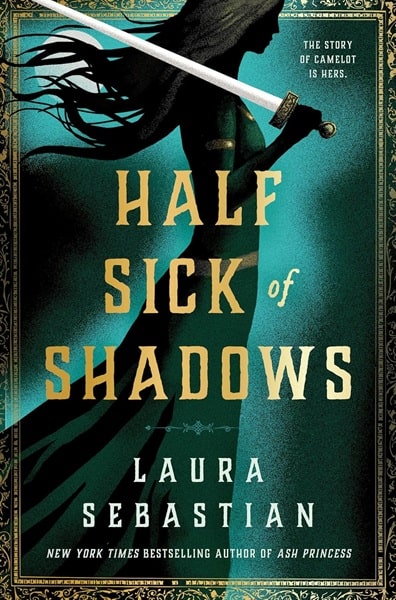 |
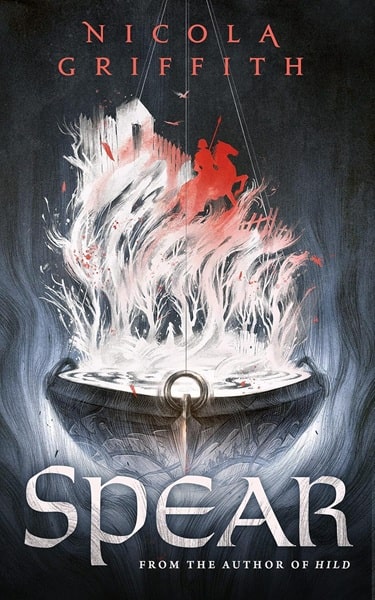 |
The Mists of Avalon by Marion Zimmer Bradley (Del Rey, May 1984), Half Sick of Shadows
by Laura Sebastian (Ace Books, July 6, 2021), and Spear by Nicola Griffith (Tor, April 9,
2022). Covers by Braldt Bralds, uncredited, and Rovina Cai
So the legend of Arthur has been retold down through the centuries and even with multiple variations and exegesis, we still have the basic uber narrative of a brief realization of an ideal doomed by historical, religious, and insidious forces to failure. Is there still room for yet another appraisal that just doesn’t rehash the same old same old?
Apparently so. To the extent of 670 pages in Lev Grossman’s The Bright Sword. That’s a lot of Camelot.
I confess that if I hadn’t previously read The Magician’s Trilogy (which perhaps explains why the cover prominently features reference to it, leading some online cataloguers to incorrectly attribute The Bright Sword as part of that series), I might not have picked this up (as a nearly 700 page book makes it hard to do).
Indeed, Grossman himself notes:
I spent most of my life blissfully uninterested in writing anything at all about King Arthur…His story has already been told thousands of time, from every possible point of view… Arthur is also, as it happens, white, middle-aged, heterosexual, and cis-gendered, a point of view that is hardly lacking in contemporary literature.
But by focusing on how the peripheral characters of the Round Table come to grips with a new era following Arthur’s death (or at least his transport to Avalon following his mortal wounding), Grossman comes up with a new and fresh angle.
Collum is a gifted knight wannabe (the one character that Grossman makes up) escaping an abusive home whose first kill (and pivotal plot point) is a recalcitrant knight with successful suicidal tendencies. This occurs as Collum is on his way to fight for a seat at (unbeknownst to him) what’s left of the Round Table band (which isn’t much) following King Arthur’s mortal wounding by his bastard (and product of incest with his sister Morgause, something the juvenile versions of Arthur kind of gloss over) son Mordred at the Battle of Camlaan. Featured surviving bit players include Sir Bedivere, whose devotion to Arthur hides unfulfilled carnal desire, Sir Palomides, a Middle Eastern pagan convert and hunter of the Questing Beast whose particular unrequited love is Iseult of Wagner’s Tristan and Isolde fame, Tristan’s close friend Sir Dinadian, and Sir Dagonet, Camelot’s court jester who is better at joking than jousting.
Don’t worry, Lancelot and Guinevere and the rest of the main cast make cameo appearances, but not as you might expect them. The narrative focuses primarily on the minor characters as they attempt to restore (as you might expect, not successfully) the glory of Arthur’s reign and intentions, with sidesteps into their backstories. As for Arthur himself, well, we already know it doesn’t end well. But it still inspires. As Grossman notes:
King Arthur’s life can only ever end one way, his doom is always waiting for him…of course even after his death Arthur himself is never quite gone. He’s been with us for 1,400 years and counting now and shows no signs of going away. Like Godot he’s always coming, but always tomorrow, never today. He waits, asleep in Avalon, the Fortunate Isle. or under Mount Etna in Sicily, as some other stories have it, dreaming eternally of his homecoming. We dream of it too.
David Soyka is one of the founding bloggers at Black Gate. He’s written over 200 articles for us since 2008. His most recent was a review of State of Paradise by Laura Van Den Berg.
At some point I do need to read both the Grossman and Tidhar books. And this also reminds me that it’s been entirely too long since I read Excalibur by Sanders Anne Laubenthal, a late Ballantine Adult Fantasy volume that transplanted Arthur et al. to Mobile, Alabama, circa 1972.
This was a terrific, inspring read, thank you. I’ve read Malory, White and Twain, have seen the film version of “Camelot” and have the original cast album but that’s where I left off. You’ve inspired me to take a look at Tennyson and de Troyes but I think I’ll stop there. I appreciate how authors and other readers could want a modern Arthur tale that addresses a wider, more diverse audience but my interests are more classical/historical. That said, myths and legends always evolve through time and the lenses of other cultures do it’s cool to read of fresh spins.
The New York Times reports on a newly discovered Arthurian manuscript (it never ends)
https://www.nytimes.com/2025/03/28/world/europe/merlin-manuscript-cambridge.html